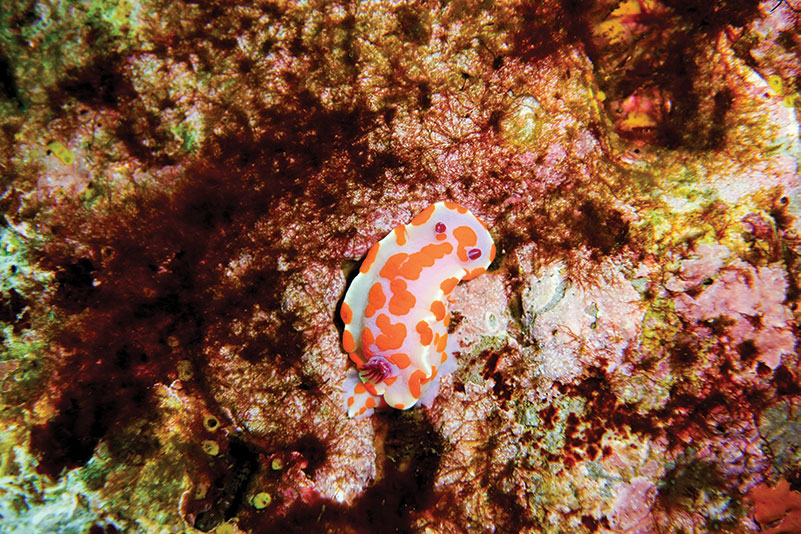Motiti Protection Area

- Written by
- Dyani Van Basten Batenburg
Restoring reefs, safekeeping their future
When the MV Rena container ship struck the Astrolabe Reef off the coast of Motiti Island 10 years ago it didn’t just cause mass disruption in the present time, it changed the landscape of what lies beneath for decades to come. Fortunately, maritime disasters like the Rena – New Zealand’s worst – aren’t a regular occurrence on our shores, but the impact of this particular event played a pivotal role in the rethinking of responsibility around the preservation of marine life and the reefs that support them. The launch of the Motiti Protection Area this August is the outcome of a lengthy, six-year legal battle, led by the Motiti Rohe Moana Trust in the Environment Court. The win for the Trust is a first for the country, with regional councils now playing a greater role in protecting underwater marine environments.
Paving the way
“This is the first time in New Zealand history where the Environment Court has directed a regional council to better protect an underwater marine environment – traditionally the Ministry for Primary Industries and Department of Conservation have been responsible,” says Sarah Omundsen of the Bay of Plenty Regional Council. “It means that councils can now use the Resource Management Act to introduce controls that better protect marine plants and animals – and the outcome is going to be a positive for the sustainability of our oceans.”
The new rules prohibit causing damage to flora and fauna on the reefs. This means marine life can no longer be removed from, or heavy anchors and chain be dropped on, the reef areas off Motiti Island – including Ōtaiti (Astrolabe Reef), Te Papa (Brewis Shoal), Te Porotiti, O Karapu Reef, Motuhaku Island (Schooner Rocks), and Motunau Island (Plate Island).
Bring back the balance
Council is now braced to enforce the rules and they’ll be closely monitoring the reefs for changes in plant and marine life development over the coming years.
“The Environment Court based their final decision on a range of evidence provided by marine scientists, fisheries experts, and those who hold cultural knowledge and Mātauranga Māori of this area,” explains Sarah.
One of those experts was Phil Ross – a marine ecologist at the University of Waikato – who has been diving these reefs the past decade, monitoring the damage and changes to their state.
“The good news is that Ōtaiti has mostly recovered from the damage caused by the Rena,” says Phil. “However, there are now extensive kina barrens throughout the Bay of Plenty, with an expansion of kina barrens at Ōtaiti itself.”
Kina barrens are areas of bare rocky reef where kina (sea urchins) have eaten all of the naturallyoccurring kelp and seaweed cover. The proliferation of kina, and the appearance of kina barrens, on a reef typically occurs when natural predators, snapper and crayfish, are reduced by fishing – thus altering its ecosystem.
“By putting aside areas where we won’t fish, we’ll provide an opportunity for snapper and crayfish to return to their former abundances – this will reduce the kina and their impact on kelp forests,” explains Phil. “These protected areas will support the restoration and recovery of other marine species and habitats too, and create a space where people can go and observe healthy and functioning marine ecosystems.”